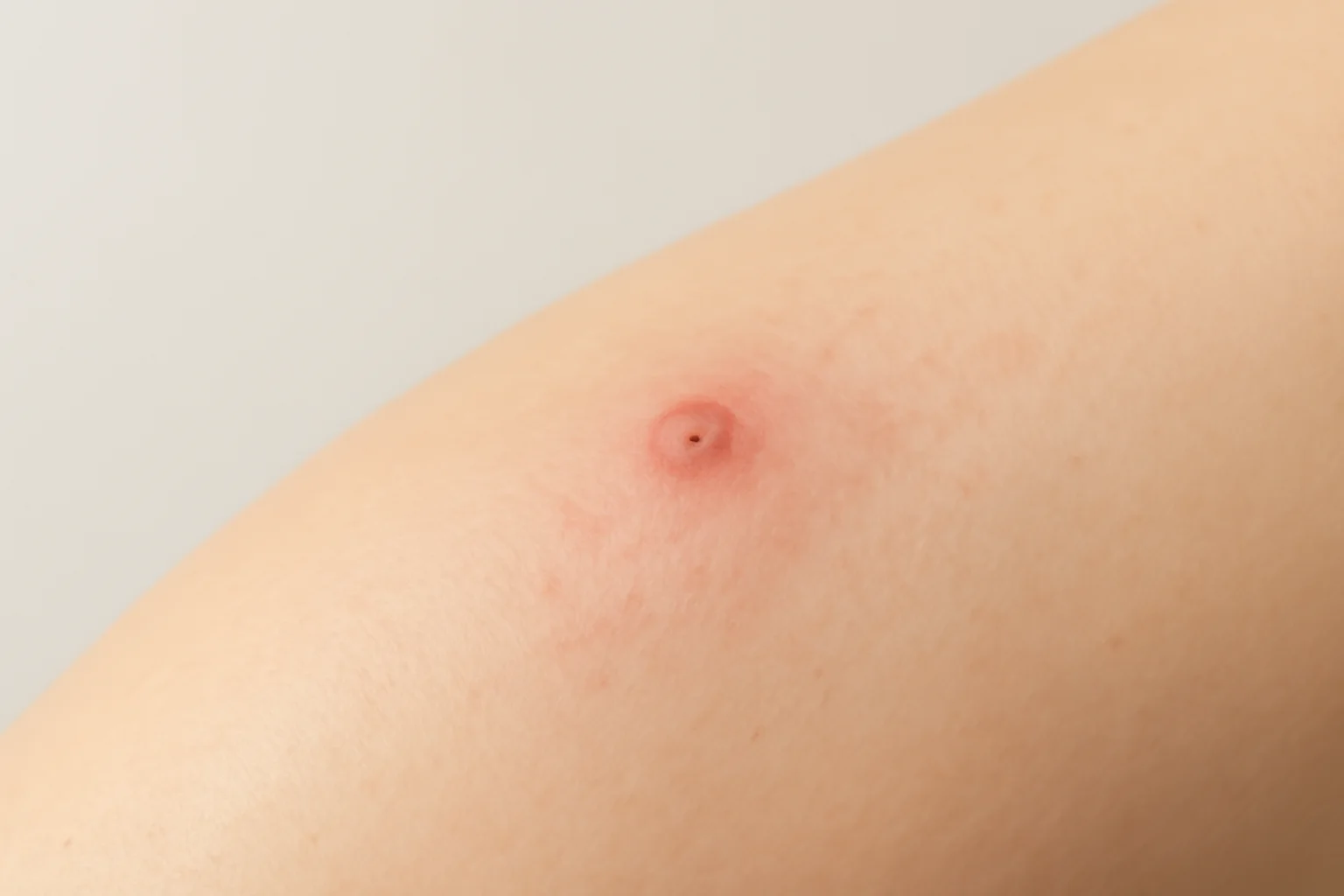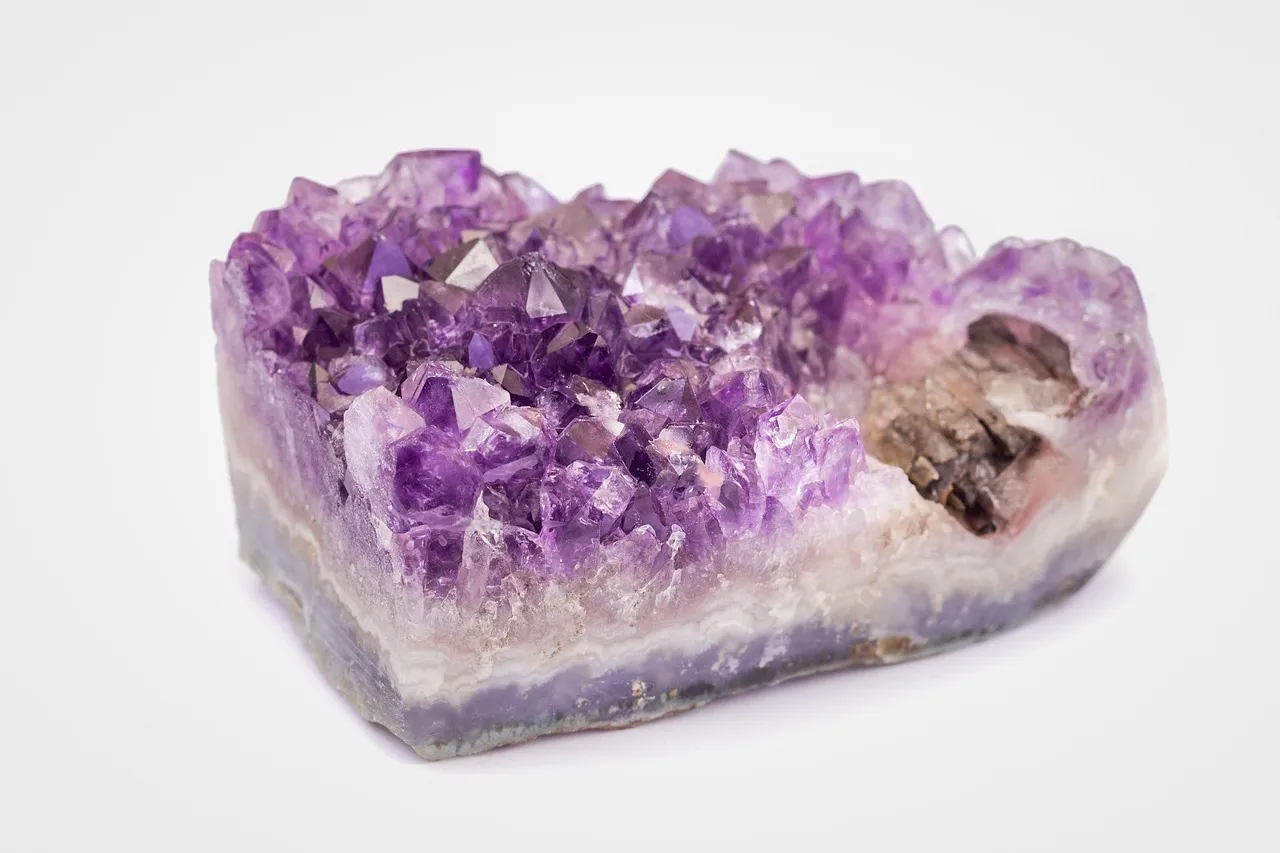
Bite or rash: how to recognize and treat them?
A skin reactions, such as bites and rashes, can be part of our everyday experiences, whether we are walking in the summer sunlight or just doing household chores. Our skin is one of our largest organs and is constantly exposed to various external influences. These influences include insect bites, allergens, irritants, or even stress. These factors can cause different skin symptoms, which can often be a cause for concern.
Bites and rashes often present similar symptoms, such as itching, redness, or swelling. However, it is important to differentiate between them, as the treatment methods and causes may vary. Bites are generally direct skin changes caused by insects, such as mosquitoes or fleas, while rashes encompass a much broader spectrum and can arise from various causes, including allergies or skin diseases.
To ensure proper diagnosis and treatment, it is essential to be aware of the fundamental differences and similarities between the two phenomena. With this knowledge, we can better manage the condition of our skin and seek medical assistance when necessary.
What is the difference between a bite and a rash?
Understanding the difference between a bite and a rash is crucial for appropriate treatment and prevention. A bite is typically a skin change caused by an insect, such as a mosquito or flea. Itching and swelling are often experienced at the site of the bite, which is a reaction to the insect’s saliva or venom in the skin. Bites usually appear in isolated spots and may present as reddish or darker shades depending on the skin color.
In contrast, rashes encompass a much wider range of conditions and can develop for various reasons. Rashes can be the result of allergic reactions, skin diseases, or irritations. It is common for rashes to appear in multiple areas, not just a single location. The form, color, and itching of a rash can also vary depending on the underlying cause.
Rashes can be categorized into different types, such as hives, eczema, psoriasis, or fungal infections. These skin changes not only affect the aesthetic appearance of the skin but often cause discomfort as well. Therefore, the difference between bites and rashes lies not only in their appearance but also in the underlying causes. For accurate diagnosis, it is important to monitor the severity and duration of symptoms, as well as the triggering factors.
Bites: Causes, Symptoms, and Treatment Options
Bites are a common phenomenon in nature, especially during the warmer months. The most common culprits include mosquitoes, fleas, ticks, and wasps. These insects or animals inject their saliva under the skin, causing an inflammatory reaction. The skin at the site of the bite becomes reddened, swelling occurs, and there is usually intense itching.
The treatment of bites depends on the severity of the symptoms. If the bite only causes mild itching, a cooling compress or an over-the-counter antihistamine cream may be sufficient. However, if there is severe swelling, redness, or pain at the site of the bite, it is advisable to consult a doctor. Special attention should be paid to tick bites, as they can potentially transmit serious diseases, such as Lyme disease. In such cases, the most important thing is to remove the tick promptly and seek professional medical care.
For prevention, it is important to wear appropriate clothing, especially when spending time outdoors, and to use insect repellent products. To avoid mosquitoes and other insects, it is advisable to stay indoors, especially after sunset when insects are most active.
Rashes: Causes, Types, and Treatment Recommendations
Rashes are much more diverse and complex than bites. They can develop from a variety of causes, including allergic reactions, skin diseases, and irritations. The symptoms of rashes cover a wide spectrum, ranging from itching to peeling, and from redness to blisters.
Allergic rashes often occur in response to various substances, such as foods, medications, or skincare products. These types of rashes typically appear suddenly and can leave itchy, red spots on the skin. In such cases, it is important to identify and avoid the allergen, as well as to take antihistamines to alleviate symptoms.
Skin diseases, such as eczema or psoriasis, are chronic issues that require ongoing treatment. The treatment for eczema usually involves the use of moisturizing creams and anti-inflammatory medications, while treatment options for psoriasis may include topical treatments and light therapy.
In the case of rashes, it is important not to scratch the skin, as this can lead to further irritation and infections. Proper hygiene measures and skin hydration can help alleviate symptoms. If a rash does not improve or worsens, it is essential to consult a doctor.
How to Prevent Bites and Rashes?
Prevention is key to avoiding bites and rashes. Below are some effective methods that can help reduce the risk of skin irritation and changes.
First of all, wearing appropriate clothing can help avoid insect bites. During the active periods of mosquitoes, it is advisable to wear long-sleeved shirts and long pants. Additionally, using insect repellent products is recommended, especially when spending time outdoors. Choose products that contain DEET or other effective ingredients.
Good hygiene habits also play a crucial role in preventing rashes. Always wash your hands after coming into contact with potential allergens, such as animals or plants. Keeping our skin hydrated is also important, as dry skin is more prone to various irritations and rashes.
If we know that we are prone to allergic reactions, it is wise to avoid potential triggers and undergo allergy testing. A healthy diet, regular exercise, and stress management can also contribute to maintaining the condition of our skin.
Overall, the most important aspects of preventing bites and rashes are awareness and the implementation of preventive measures. If we experience any skin problems, we should not hesitate to consult a doctor.
**Warning:** This article does not constitute medical advice. Always seek a doctor’s advice for health issues.
